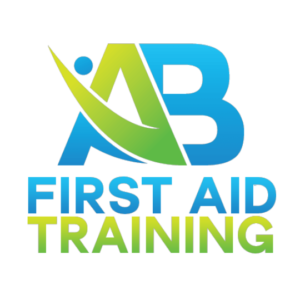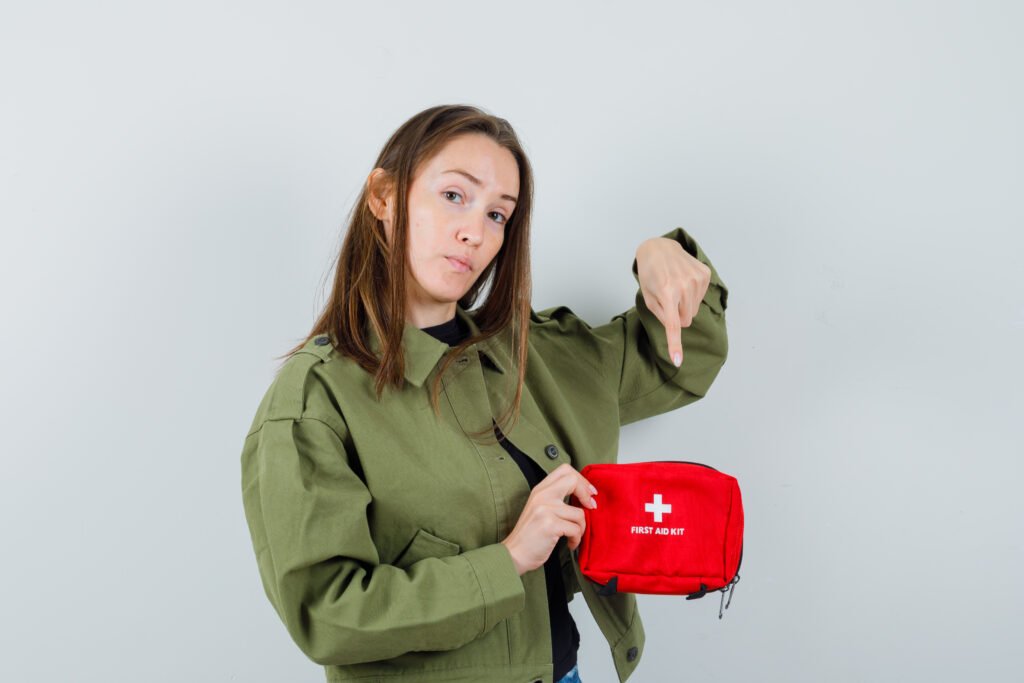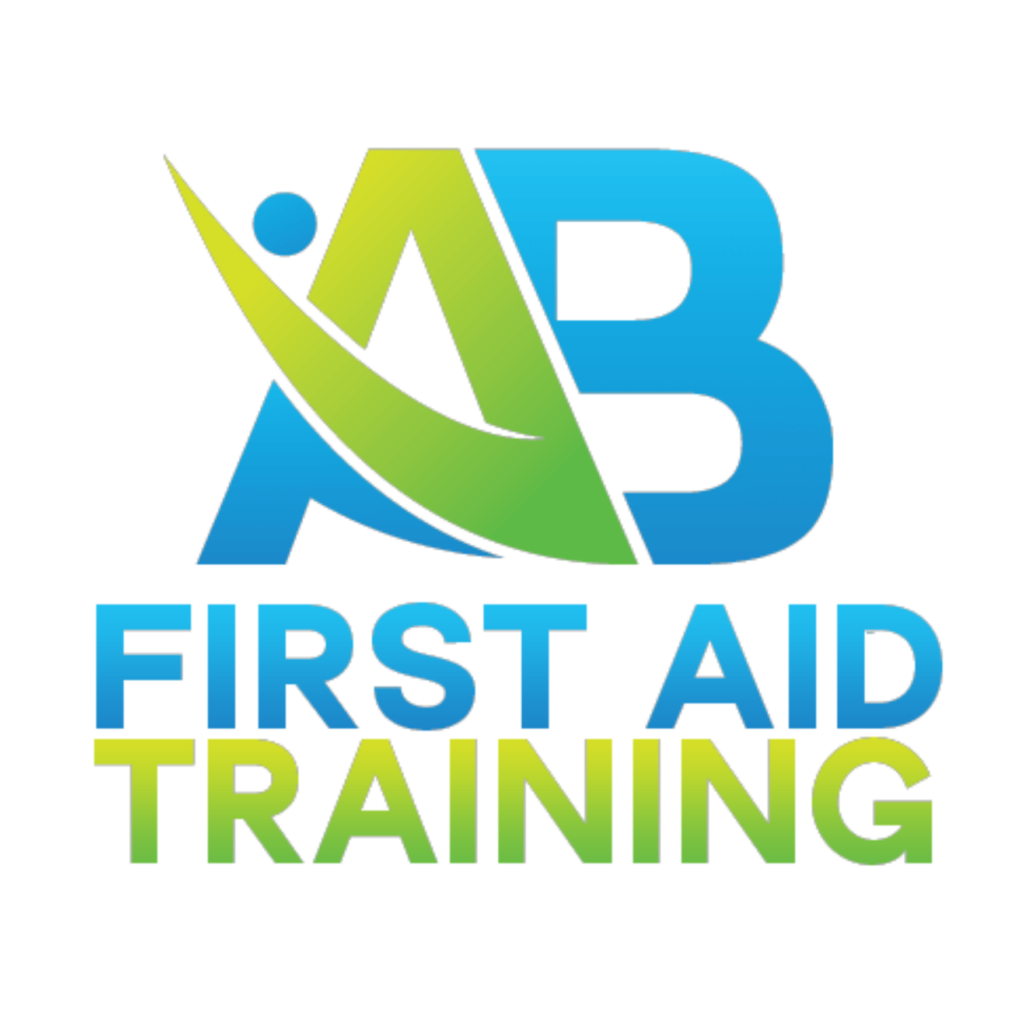Having a well-stocked and tailored first aid kit is essential for managing emergencies effectively. It’s not just about having a kit; it’s about making sure it’s equipped with the right tools to address a wide range of potential situations. Whether you’re dealing with a small cut or a more serious injury, having the proper items in your first aid kit can make all the difference when it counts.
Essential Items for Your First Aid Kit
To ensure you’re well-prepared for any situation, your first aid kit should include the following items:
Adhesive Bandages: These are vital for covering small cuts, blisters, and abrasions. Not only do they help prevent infection, but they also promote healing by keeping the wound protected.
Sterile Gauze Pads and Dressings: These are necessary for covering larger wounds. Moreover, they help control bleeding and reduce the risk of infection.
Antiseptic Wipes or Solution: Cleaning wounds with antiseptics is essential. By doing so, you prevent infection and help the injury heal faster.
Adhesive Tape: This is crucial for securing gauze pads and dressings in place. It ensures that the wound remains protected and undisturbed.
Disposable Gloves: Gloves are important to wear when providing first aid, as they minimize the risk of infection for both you and the injured person.
Scissors and Tweezers: Scissors are useful for cutting gauze or clothing, while tweezers can help remove splinters or other debris from wounds. These tools are indispensable for quick and efficient first aid.
Thermometer: Monitoring body temperature can assist in identifying fever or other health issues. As a result, it helps you decide whether further medical attention is necessary.
Instant Cold Pack: These are essential for reducing swelling and pain after an injury. They provide immediate relief and can prevent further damage.
Burn Cream or Gel: These products are beneficial for treating minor burns. They provide relief from pain and help the burn heal faster.
CPR Face Shield or Mask: In emergencies requiring CPR, using a face shield or mask ensures a barrier, thus reducing the risk of airborne transmission.
Customizing Your First Aid Kit
It’s important to tailor your first aid kit to fit specific activities or environments, ensuring it’s more effective when needed. Consider the following suggestions:
For Outdoor Activities: Add items like insect sting relief, snake bite kits, and extra gauze for larger wounds. Additionally, ensure you have supplies that address potential outdoor hazards.
For Vehicles: Having a first aid kit in your car is crucial for addressing injuries during travel. Essential items to include are adhesive bandages, antiseptic wipes, gloves, gauze, cold packs, scissors, and an EpiPen for allergic reactions. In addition, a thermometer and tweezers are handy to have on hand in case of emergencies.
For Workplaces: Depending on the nature of the work, consider adding items such as eye wash, burn dressings, or specialized tools. This ensures you’re prepared for specific risks in the workplace.
Burns & Antiseptics
Burn Gel Sachets (3.5 g) – Qty 5
Used to cool minor burns and scalds, reduce pain, and help prevent infection. A must-have in environments with hot surfaces or equipment.
Antiseptic Spray (50 mL) – Qty 1
Used to disinfect minor wounds, cuts, and grazes to reduce the risk of infection.
Eye & Skin Care
Eye Wash Ampoules (15 mL) – Qty 8
Sterile saline solution for flushing out eyes exposed to dust, dirt, or chemicals. Can also be used to rinse small wounds.
Alcohol-Free Cleansing Wipes – Qty 10
Used to clean the skin before applying dressings or treating wounds. Alcohol-free formula reduces irritation, especially on broken skin.
CPR & Emergency Protection
CPR Face Shield – Qty 1
A single-use barrier device that protects the first aider during mouth-to-mouth resuscitation, reducing risk of cross-contamination.
Nitrile Gloves (Pair) – Qty 5
Latex-free disposable gloves for hygienic wound care and protection when dealing with blood or other bodily fluids.
Instant Ice Pack (80 g) – Qty 1
Provides immediate cold therapy for soft tissue injuries, sprains, and swelling. Activates without refrigeration.
Thermal Emergency Blanket – Qty 1
Retains body heat and helps manage shock or exposure. Useful in emergencies where body temperature drops rapidly.
General Supplies & Tools
Notebook & Pen – Qty 1
For recording incident details and first aid treatments. Important for legal documentation and workplace records.
Amputated Parts Bags (Assorted Sizes) – Qty 3
Sterile bags used to safely store and transport amputated body parts or biological materials for hospital transfer.
Scissors (13 cm) – Qty 1
Used to cut bandages, tape, clothing, or other materials during first aid procedures.
Forceps (11 cm) – Qty 1
Sterile tool for removing foreign objects like splinters or glass. Also used for handling sterile dressings without contamination.
Splinter Probes (Single Use) – Qty 10
Used to help locate and remove splinters or other embedded objects from the skin.
Safety Pins – Qty 12
Used to secure bandages, slings, or clothing in place after dressing a wound.
First Aid Guidance
CPR Flow Chart Card – Qty 1
A quick-reference visual guide outlining the steps for performing CPR. Useful during high-pressure situations.
First Aid Leaflet – Qty 1
Basic instructions and information on common first aid procedures. Helpful for those with limited training or as a refresher.
It’s important to regularly check your first aid kit and ensure it’s stocked with fresh supplies. Make sure all items are within their expiration dates and are in usable condition. Keep the kit in a cool, dry place to maintain the effectiveness of its contents.
Staying Compliant and Prepared
A First Aid Kit is only effective if it’s fully stocked, in-date, and regularly maintained. Australian workplaces and schools have a responsibility under WHS regulations to ensure first aid resources are accessible and appropriate to the risks present.
We recommend:
Checking your kit contents every 6 months
Replacing expired or used items promptly
Ensuring staff are trained in first aid and know where kits are located
Our team provides kit inspections, restocking services, and compliance audits tailored to your environment.
Contact us today to schedule a free check or find out more about our tailored school safety programs.
Call us 03 8364 8984 | Email us info@abfirstaid.com.au | abfirstaid.com.au


